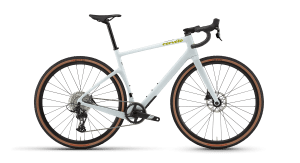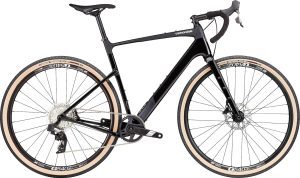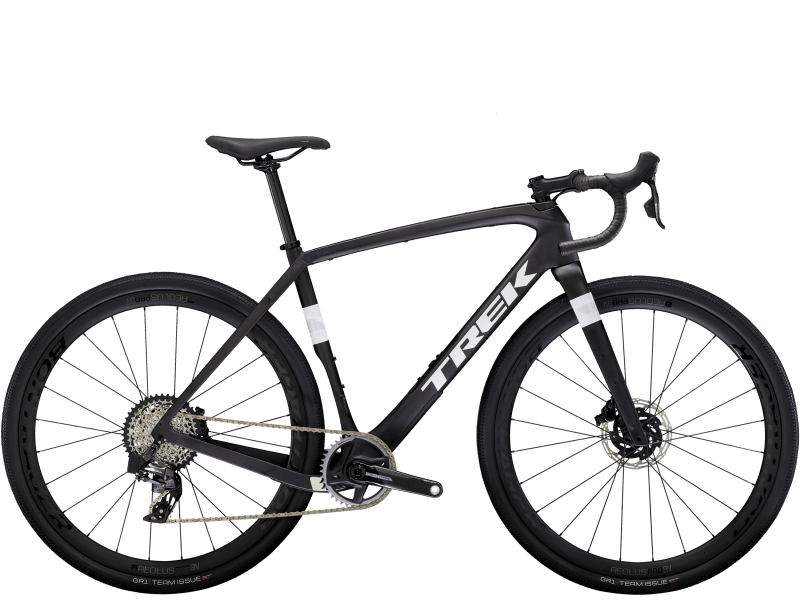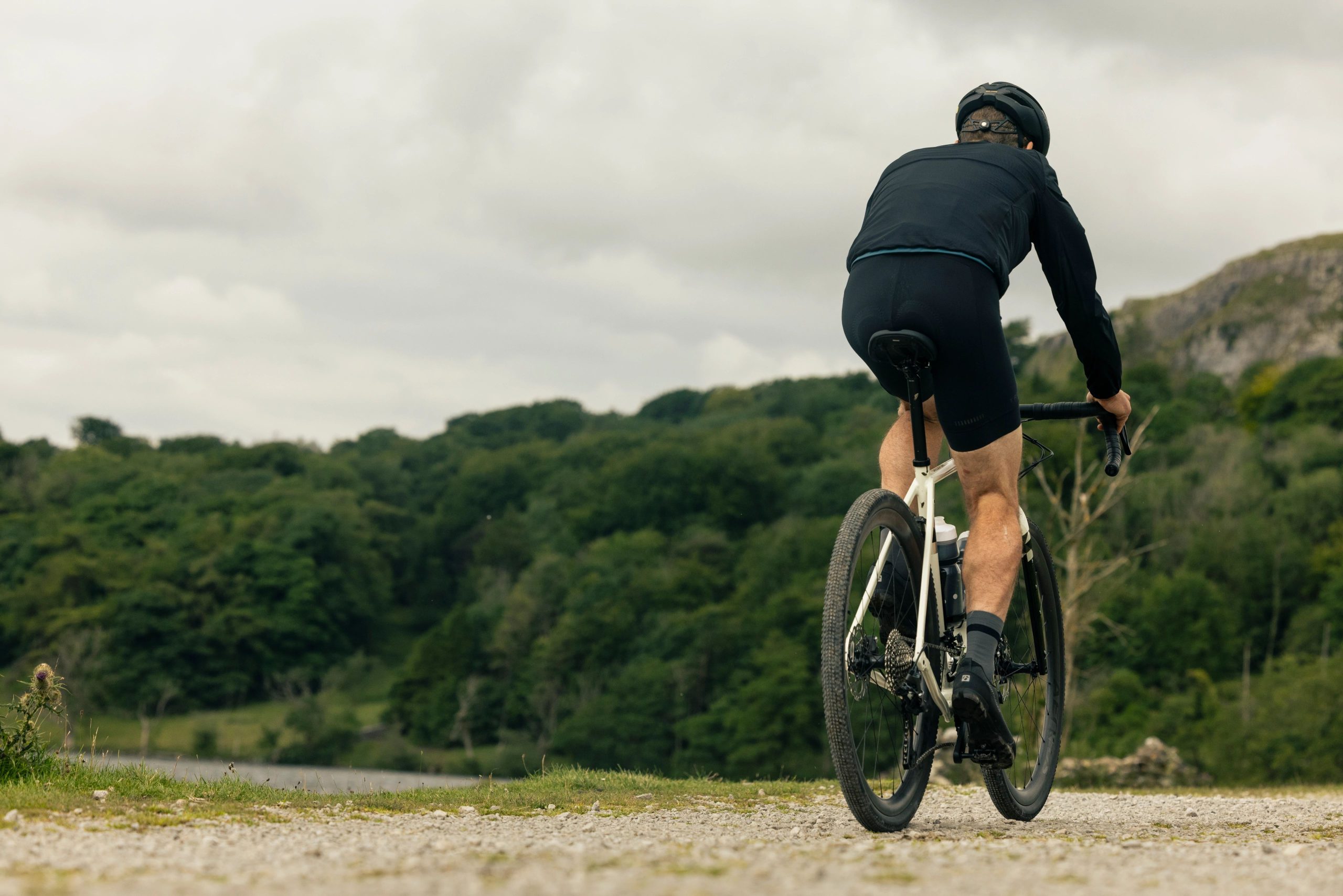
Gravel bikes are gaining popularity due to their versatility, comfort, and ability to handle various terrains. They’re not just for gravel, Gravel bikes are versatile bikes designed to handle a variety of terrains, making them ideal for riders who want to explore both paved and unpaved roads. At Wheelbase we are big fans of the gravel discipline, it’s the perfect blend between wanting drop bar handlebars having grown up on a road bike and a bit more reassurance when the roads get bumpy, which is more often than not in the U.K.
What is a Gravel Bike?
- Gravel bikes, also known as adventure or all-road bikes, are designed to handle a mix of surfaces, including gravel paths, dirt roads, and tarmac.
- They combine elements of road bikes, cyclocross bikes, and mountain bikes to provide a balanced ride suitable for long distances and varied terrain.
Key Features of Gravel Bikes
Frame and Fork:
- Material: Common materials include aluminum, carbon fiber, steel, and titanium. Aluminum is affordable and lightweight, carbon fiber offers superior comfort and weight savings, steel is durable and provides a smooth ride, and titanium is light and strong but more expensive.
- Geometry: A relaxed geometry with a longer wheelbase for stability and comfort on rough surfaces.
Tire Clearance:
- Gravel bikes accommodate wider tires (35-50mm), providing better traction, comfort, and the ability to tackle rough terrain.
Mounting Points:
- Extra mounting points for racks, fenders, and multiple bottle cages, allowing for bikepacking and extended touring.
Handlebars:
- Flared drop bars are common, offering multiple hand positions and better control on rough terrain.
Drivetrain:
- Typically feature wide-range gearing to handle varied terrain. Options include 1x (single chainring) or 2x (double chainring) setups.
Brakes:
- Disc brakes (mechanical or hydraulic) are standard for reliable stopping power in all conditions.
Types of Gravel Bikes
Race-Oriented Gravel Bikes:
- Lightweight with an aggressive geometry.
- Narrower tires (35-40mm) and fewer mounting points.
Adventure/Touring Gravel Bikes:
- Relaxed geometry for comfort over long distances.
- Wider tires (40-50mm) and multiple mounting points for gear.
All-Road/Commuter Gravel Bikes:
- Versatile design for urban commuting and light off-road use.
- Features like fender mounts and a more upright geometry for daily use.
Popular Gravel Bike Models
Cervelo Aspero:
- Racier Geometry
- Clearance for both 700c & 650b wheels
Cannondale Topstone:
- Known for its Kingpin suspension system.
- Available in aluminum and carbon versions.
Trek Checkpoint:
- Adjustable rear dropouts and ample mounting points.
- Balanced performance on and off-road.
Merida Silex:
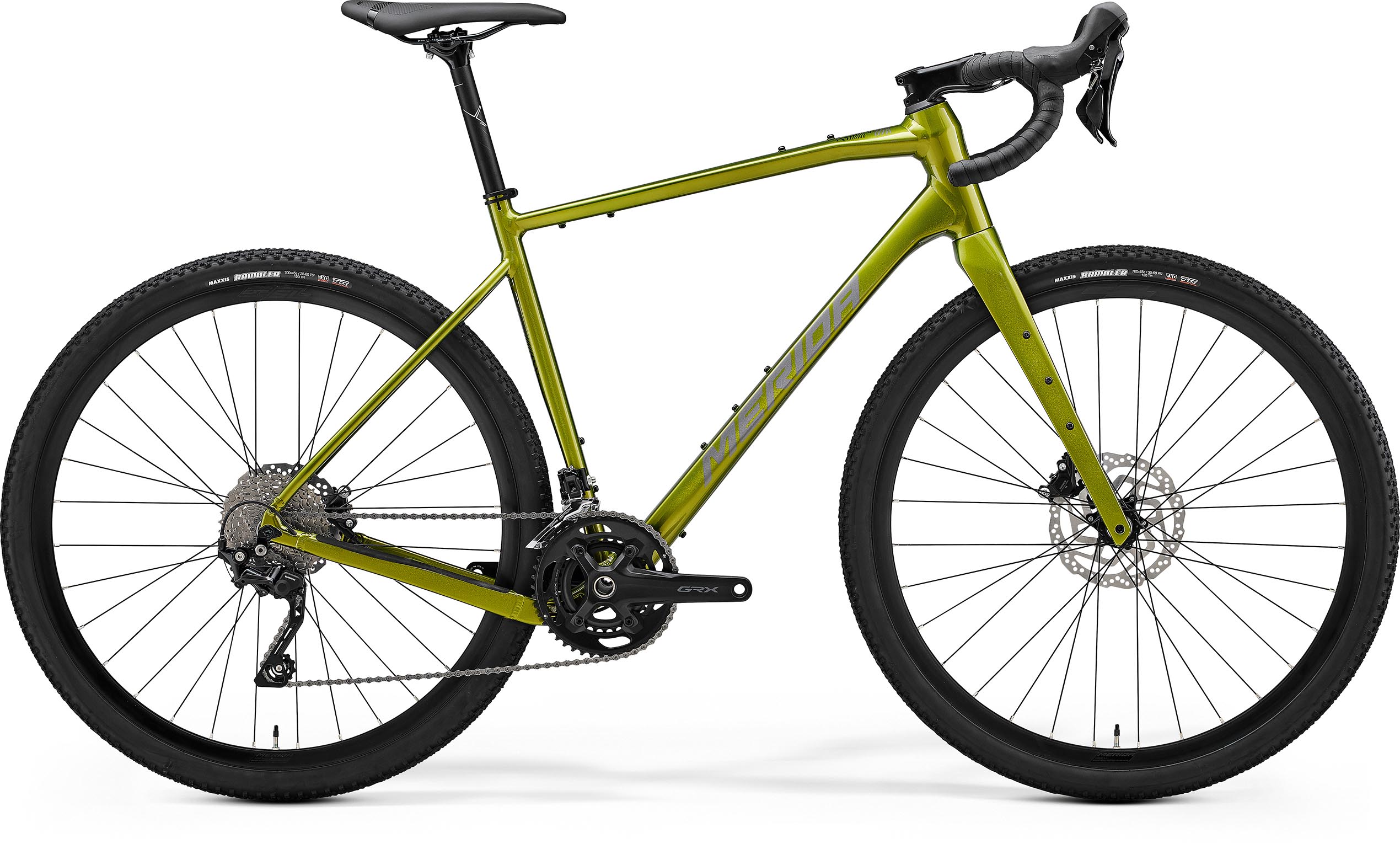
- Excels as a daily commuter and in an endurance setting
- Comfortable ride position to soak up the miles.
- Comes in a variety of price points.
Choosing the Right Gravel Bike
Determine Your Riding Style:
- Race: Opt for lightweight, aggressive bikes.
- Adventure/Touring: Look for comfort and ample mounting points.
- All-Road/Commuter: Seek versatility and daily commuting features.
Consider Frame Material:
- Carbon: Lightweight and high performance.
- Aluminum: Affordable and durable.
- Steel: Smooth ride and durability.
- Titanium: Premium choice for weight and strength.
Tire Size and Clearance:
- Ensure compatibility with the tyre width you prefer for your terrain.
Mounting Points:
- Check for necessary mounts for bikepacking or touring.
Budget:
- Gravel bikes range from entry-level to high-end models. Set a budget that meets your needs, allow room in your budget for additional extras like panniers and frame bags.
Additional Components to Consider
Wheels:
- Look for strong, lightweight wheels. Tubeless-ready wheels are a plus for running lower pressures and reducing the risk of flats.
Suspension:
- Some gravel bikes come with front suspension or suspension seatposts for added comfort.
Gear Ratios:
- Consider the terrain you will be riding and choose a bike with suitable gearing.
Test Ride and Fit
Test Ride:
- Always test ride a bike to ensure it feels comfortable and handles well.
- Pay attention to how it handles on various surfaces.
Proper Fit:
- Ensure the bike is properly sized for your body. Wheelbase offers a bike fitting service to find a bike that suits you.
Maintenance and Upgrades
Regular Maintenance:
- Gravel bikes require regular maintenance, especially if ridden in harsh conditions. Keep the drivetrain clean and brakes in good condition.
Upgrades:
- Consider upgrading components like wheels, tires, and handlebars over time to enhance performance and comfort.
Gravel bikes are an excellent choice for riders seeking versatility and adventure on varied terrains. By understanding the key features and types of gravel bikes, you can choose a model that best fits your riding style and needs. Remember to test ride and ensure proper fit, and don’t be afraid to make gradual upgrades to enhance your riding experience.

